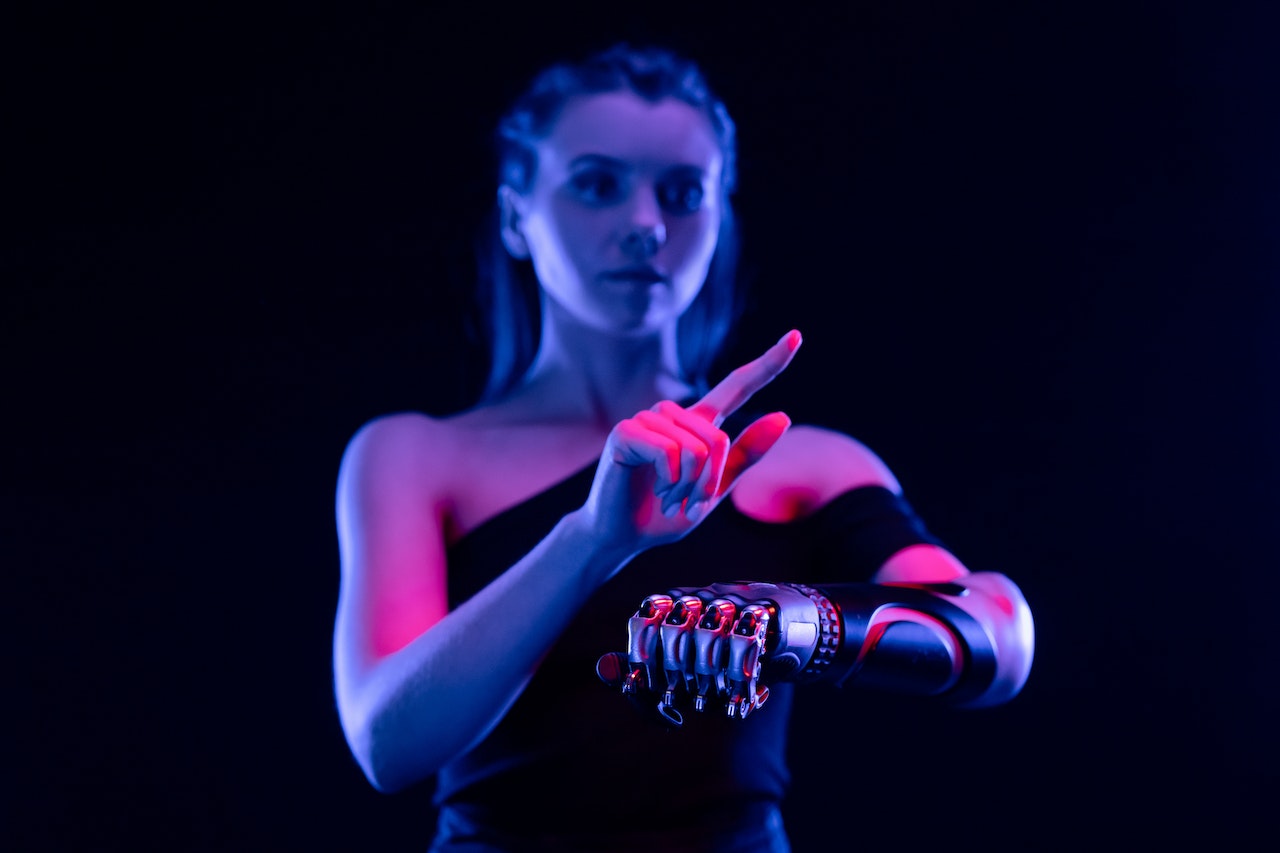Introduction
In recent years, 3D printing has emerged as a game-changer in the world of prosthetic manufacturing. This revolutionary technology has enabled unprecedented levels of customization and cost-effectiveness, empowering amputees with prosthetic solutions tailored to their specific needs. In this article, we explore the benefits of 3D printing in prosthetics, its cost-effectiveness and customizability, real-life success stories, and the promising future prospects it holds.
- Customization and Personalization:
One of the most significant advantages of 3D printing in prosthetic manufacturing is its ability to offer unparalleled customization. Traditional manufacturing methods often result in one-size-fits-all prosthetic devices, which may not cater to the unique requirements of each amputee. With 3D printing, prosthetists can create personalized designs based on precise 3D scans of the amputee’s residual limb, ensuring a perfect fit and optimal comfort.
- Complexity and Design Freedom:
3D printing allows for the creation of complex and intricate prosthetic designs that were previously unachievable through traditional means. The technology enables prosthetic designers to explore innovative shapes and features, such as lightweight lattice structures, enhancing both aesthetics and functionality.
- Cost-Effectiveness:
Traditional prosthetic manufacturing involves time-consuming processes and expensive materials. In contrast, 3D printing reduces manufacturing time and waste while utilizing more affordable materials like thermoplastics. This cost-effectiveness makes prosthetic devices more accessible to a broader range of individuals, especially in regions with limited resources.
- Rapid Prototyping and Iteration:
The iterative nature of 3D printing enables rapid prototyping, allowing prosthetists to quickly refine designs and make adjustments based on user feedback. This iterative process significantly reduces the development time for customized prosthetics, ensuring that amputees receive their devices in a more timely manner.
- Real-Life Success Stories:
Numerous amputees around the world have benefited from 3D-printed prosthetics, showcasing the technology’s potential to transform lives. One such inspiring story is that of Maria, a young girl born without a hand. With 3D printing, she received a custom-made prosthetic hand that allowed her to perform everyday tasks with newfound independence and confidence.
Another success story features John, a passionate athlete who lost his lower leg in an accident. Thanks to 3D printing, John now uses a lightweight and highly durable 3D-printed running blade, enabling him to pursue his love for sports and compete at a high level.
- Ongoing Research and Future Prospects:
The 3D printing revolution in prosthetics shows no signs of slowing down. Researchers and developers are continuously exploring new materials, such as biocompatible and bioresorbable polymers, to create prosthetic devices with improved functionality and integration with the body.
Furthermore, advancements in 3D scanning technologies and artificial intelligence are streamlining the design and manufacturing process even further. The integration of AI-driven algorithms in prosthetic design holds the potential to optimize the fit and performance of prosthetic devices, further enhancing the lives of amputees.
Conclusion:
3D printing has ushered in a new era of prosthetic technology, revolutionizing the way prosthetic devices are designed, manufactured, and personalized for individual users. The benefits of 3D printing, including customization, cost-effectiveness, and rapid prototyping, have brought a new level of empowerment to amputees worldwide. With ongoing research and future prospects, the potential for 3D printing to continue transforming the lives of amputees and enhancing mobility and independence is boundless. As the technology evolves, we can look forward to a future where 3D-printed prosthetics become the norm, providing amputees with a world of possibilities and opportunities to embrace life to the fullest.



